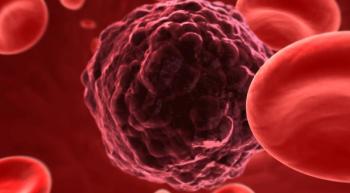
CURE® highlights some top stories from the ASH Annual Meeting, focusing on B-cell acute lymphoblastic leukemia, multiple myeloma and other blood cancers.

CURE® highlights some top stories from the ASH Annual Meeting, focusing on B-cell acute lymphoblastic leukemia, multiple myeloma and other blood cancers.

The real-world effectiveness of Monjuvi for relapsed or refractory diffuse large B-cell lymphoma in the U.S. was demonstrated, according to data from a retrospective analysis.
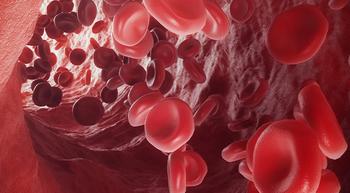
Among patients with heavily pretreated chronic lymphocytic leukemia, treatment with Epkinly monotherapy showed deep responses.
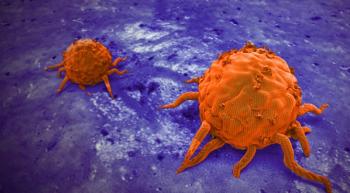
Patients newly diagnosed with multiple myeloma who are transplant ineligible or deferred may benefit from receiving a Darzalex treatment combination.
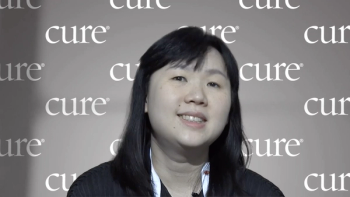
CURE® spoke with an expert about follicular lymphoma, a disease that is still considered incurable.
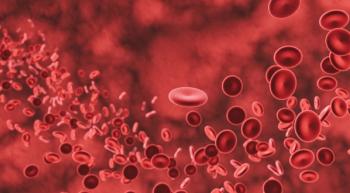
A combination of Imbruvica and venetoclax showed significantly prolonged progression-free survival in patients with untreated CLL, an expert explained.

Black patients may be more affected by certain side effects from Talvey compared with White patients with multiple myeloma, an expert told CURE®.
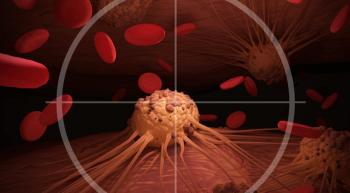
Outpatient lymphodepletion followed by Tecartus was found to be safe and effective in treating B-cell acute lymphoblastic leukemia and mantle cell lymphoma.
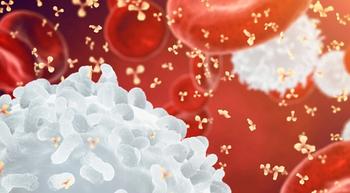
Autologous stem cell transplant plus Rituxan did not improve survival outcomes in certain patients with mantle cell lymphoma compared with Rituxan alone.

Updated data from the phase 3 DREAMM-7 trial was presented during the 2024 ASH Annual Meeting and Exposition.

A Phase 3 trial of uproleselan failed to improve overall survival in relapsed/refractory AML, though it may benefit primary refractory patients.
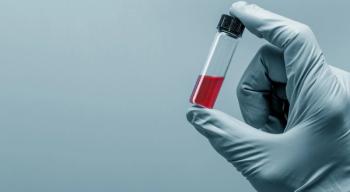
The Venclexta-based regimen improved complete response rates in patients with acute myeloid leukemia and myelodysplastic syndromes.

In patients with certain B-cell blood cancers, heart-related side effects may occur less after receiving second-generation BTK inhibitors.
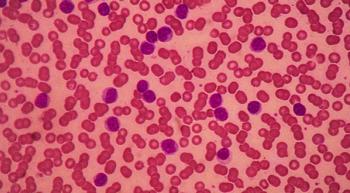
Patients with treatment-naive CLL/SLL experienced long-term improved efficacy when treated with Brukinsa compared with bendamustine plus Rituxan.
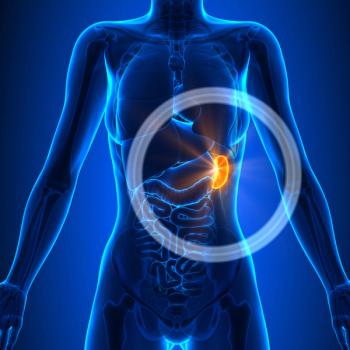
Adding pelabresib to a JAK inhibitor may improve multiple aspects of myelofibrosis, including spleen size, symptoms and bone marrow fibrosis.

Tecvayli alone or plus Revlimid has been found to be safe and may result in high MRD-negativity rates.
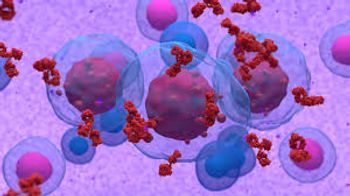
The risk for disease progression or death was reduced by 51% with subcutaneous Darzalex Faspro in certain patients with smoldering multiple myeloma.
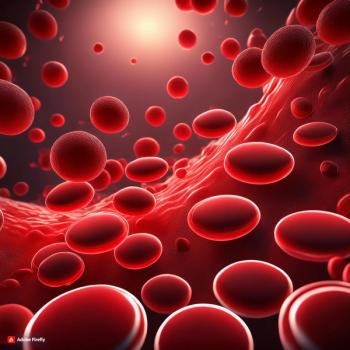
Calquence plus Venclexta, with or without Gazyva, improved progression-free survival over the standard-of-care chemoimmunotherapy in patients with untreated chronic lymphocytic leukemia.
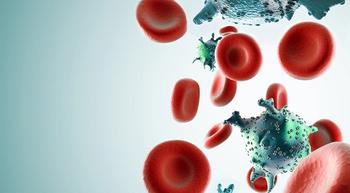
Scemblix resulted in better outcomes and fewer side effects compared to standard tyrosine kinase inhibitor therapies in patients with chronic myeloid leukemia.

Patients with relapsed or refractory (R/R) myelofibrosis experienced reduced biomarkers of disease severity following treatment with navtemadlin.

Tecartus demonstrated similar effectiveness across age groups of patients with relapsed or refractory B-cell acute lymphoblastic leukemia.
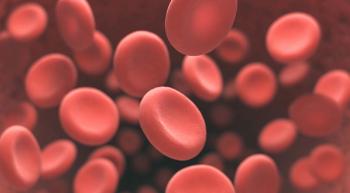
Long-term follow-data shows Revuforj to be effective in the treatment patients with R/R KMT2Ar acute leukemias.

For patients with transplant-ineligible or -deferred newly diagnosed multiple myeloma, the addition of Darzalex to VRd improved MRD responses as well as progression-free survival.

Results from the study also showed the potential association between smoking, disease progression and survival in patients with myelodysplastic syndromes.

Treatment with bicistronic CD19/CD22 CAR-T cell therapy has shown event-free survival improvements in children with relapsed or refractory B-ALL.
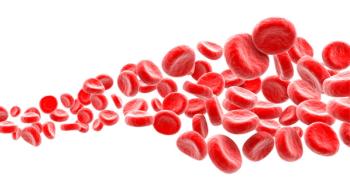
Pediatric patients with standard-risk B-ALL demonstrated significantly improved disease-free survival with Blincyto plus chemotherapy versus chemotherapy alone.
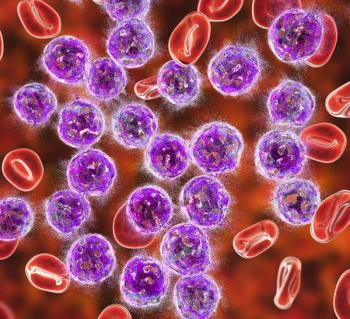
Dr. Douglas Tremblay of the Ichan School of Medicine explains the necessity of cytoreductive therapy for patients with MPNs such as essential thrombocythemia and polycythemia vera.
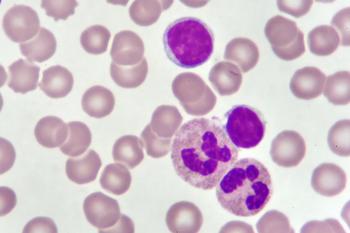
Among patients with relapsed chronic lymphocytic leukemia (CLL) who expressed frequent baseline BTK mutations, responses on the non-covalent BTK inhibitor Jaypirca remained high, according to data presented at the 2023 ASH Annual Meeting.

A treatment combination of Sarclisa, Kyprolis, Revlimid and dexamethasone demonstrated a complete response in patients who were newly diagnosed with multiple myeloma.
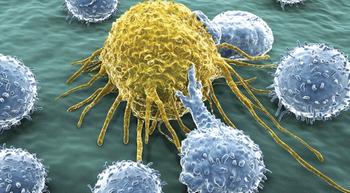
A comparison of Scemblix (asciminib) and Bosulif (bosutinib) demonstrated greater efficacy and safety/tolerability with asciminib for patients with chronic phase chronic myeloid leukemia.